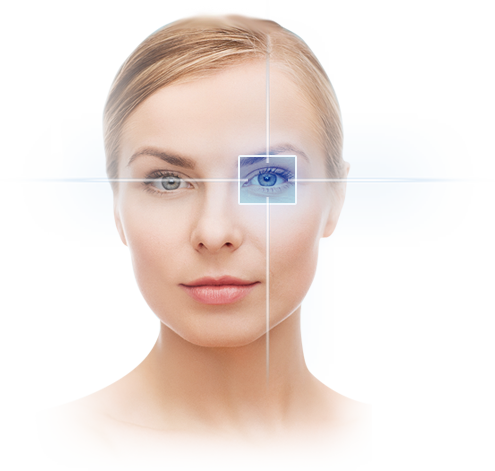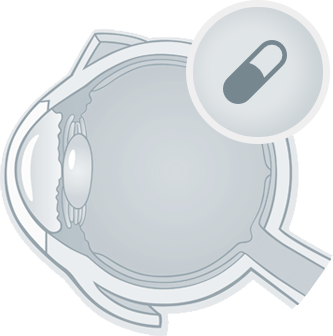SYMPTOMS
People with dry eye complain of burning, a gritty feeling, heavy eyes, stinging or eye discomfort.
These symptoms increase with certain activities, such as using computers and watching television, or with environmental factors such as wind, volatile toxics or tobacco smoke.
It can interfere with vision and, in the most severe cases, cause discomfort with light (photophobia) and even pain.

CAUSES
The most frequent, because they affect half of the patients, are the manifestations in the eyelids of skin diseases of the like blepharitis or ocular rosacea. Likewise, it can be developed during the
menopause.
It also often affects computer users because, when paying too much attention to the screen, they forget to blink. In a small percentage of cases, although of greater severity, the dry eye may be associated with hormonal diseases such as hypothyroidism, autoimmune complaints (rheumatism, Sjögren’s syndrome), metabolic diseases or sleep disturbances.
Symptoms may become aggravated or appear following surgery or trauma to the ocular surface and exposure to toxic substances such as industrial pollution or tobacco smoke, sun or wind.
TREATMENT
“To prevent dry eye, it is recommended to protect against wind and sun, to blink when using computers and to treat the underlying disease that may be hiding behind the symptoms”
First, the underlying disease is treated. Then reduce inflammation and irritation of the cornea with anti-inflammatory eye drops or regenerative agents. In milder cases, it may be sufficient to apply artificial tears in the form of eye drops or gel along with eyelid hygiene.
It is always recommended to take preventive measures such as protection from wind and sun, to maintain an ergonomic posture when using computers (the screen lower than the eyes), as well as to blink, to ensure that the environment is not aggressive (absence of toxic, good environmental humidity), and to take care of the skin of the eyelids.



